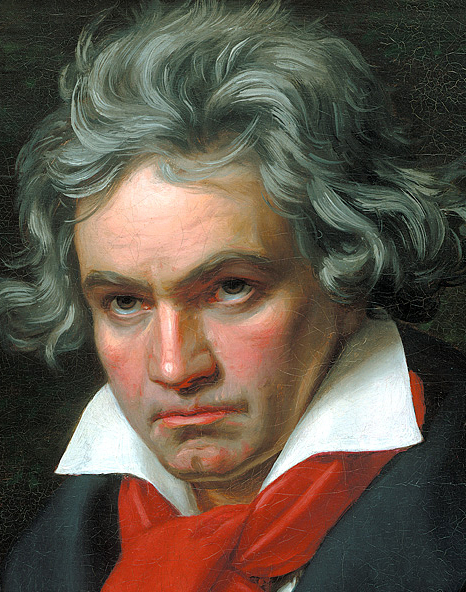Introduction
Sound represents a complex area of the analysis of a piece of music. In this article, we will take care of defining it and breaking it down into its essential components, exploring them one at a time:
| Timbre |
| Texture |
| Fabric |
| Dynamics |
| Joint |
The Stamp
Nowadays there is a popularly widespread tendency to consider the Timbre of a certain composition as a vague set of objective data that includes what from the sound source reaches the ear of the listener. It will seem incredible, but this extremely random definition of the Timbre was in vogue until the 50s even in the cultured field and only with the Traité des Objets Musicaux by Pierre Schaeffer (1966) we began to clear a more precise morphological criterion of the sound object, thus proposing a new system of appreciation of the acoustic phenomenon.
With the work Sound Structure in Music by Robert Erickson (1975) begins an in-depth and exclusive investigation into what are those invariant acoustic properties of spoken language that make possible the recognizability of terms and meanings. The research then begins to merge the partially objective and therefore partially subjective component with the partially objective data. At first this research may surprise you, because it shows how imperceptible changes in acoustic timbre can make the human word completely incomprehensible.
In recent years the concept of Timbre has been increasingly connected to the field of dynamics: some instrumentalists reduce it to the change in sound morphology that occurs between playing loud or piano. But to say this means to reduce the concept of timbre to a dynamic gradient: on the contrary, the factors that allow us to distinguish one sound morphology from another are far more numerous, and sounds that have equal intensity can however have very different characteristics from a timbre point of view. Gradually the dynamic component was separated from that of stamp and a more precise and commonly accepted definition was arrived at:
Timbre is the perceived quality of a sound that allows you to distinguish two sounds having the same height and intensity.
This definition, although it circumscribes a narrower field of investigation than the first, is not sufficient to understand in the practical-analytical field what is happening from a timbre point of view in a composition. First of all because we have seen how in reality the dynamics, although it is not always an essential component, can be ascribed among the morphological characteristics of the sound; secondly, since it does not tell us anything about the role of the performer.

Implicitly, the definition implies a source of acoustic emission… But reducing the person playing to this role is inaccurate and superficial. In recent years, the concept of timbre has been integrated as an interdependent component of the broader conceptual system of sound: to understand its definition, we must therefore integrate it with the other constituents of this broad concept.
The Texture
A first distinction between texture categories can be that between massive texture or linear texture. You can distinguish between these two cases simply by observing the musical elements of a composition in their verticality or horizontality, which is often defined by their rhythmic role.
| Massive | It has a majority of vertical elements. |  |
| Linear | It has a majority of horizontal elements. |  |
The number of voices or instruments performing melodies simultaneously in a contrapuntal texture can also determine the type of texture of a song: in this case the horizontal element of the texture refers to the rhythmic activity. Look at the examples in the table above by asking yourself the following questions:
How many notes appear vertically as parts of significant harmonies?
Is the most common rhythmic value slow or fast compared to the whole of the measure?
Another way of defining texture is to observe the way in which musical elements are organized in the space of the acoustic spectrum:
| Extreme |  |
| In Contraction |  |
| Expanding |  |
| Stable |  |
| In Rarefaction |  |
| Centered |  |
The Fabric

The Fabric is represented by the set of textures that move within a composition. This term is used very often in symphonic music and in general in all those forms that involve overlapping textures of different instruments. In the following file, Concerto Imperatore for Piano and Orchestra N. 5 of L. V. Beethoven, you can notice an overlap of several textures between them. From the same Concerto are taken the examples of the table above. You can download it for free or buy the paper score from the banner below: if you do, a part of the amount will go to support this blog.
The Dynamics
The dynamics, defined by the graduation of the intensity of the sounds for the purpose of expressiveness in the execution. The outcome of such expressiveness can be rendered with a dynamic of various types:
| Stable |
| Unstable |
| In Crescendo |
| In Diminuendo |
| Terraced |
| Pyramid |
The relationships of closeness and distance can be rendered through the dynamic medium in music. For example, by playing loud I perceptually bring the sound closer to the listener's ear; vice versa I move it away. These characteristics make it such an important element that it often represents the central element of culminating musical events.
The Articulation
Taking up what we said at the beginning of the article for the Timbre, we understand only now talking about Articulation how it must be put in relation to the other constituent elements of the concept of Sound in order to enhance, at least in part, the role of the performer. With the Aricolazione in fact we introduce all those elements that very often depend on who is performing the music, and that can be (I list for summary only a few):
| Detached |
| Carried |
| Legacy |
| Pizzicato |
| Unbound |
| Strong |
| . . . |
The characteristic of the articulation is very important for the definition of Sound because it very often represents the main instrument of variety, what in most cases we can highlight more easily by comparing two different compositions.
Conclusions
The concept of Sound in Music is a real ecosystem of analytical-practical components, and represents an important innovation in the field of musicological research because it allows us to appreciate apparently very different compositional phenomena under a single all-encompassing meter always open. If you want to delve into this and other concepts, so as to analyze and interpret music more fluently, do not miss the next articles. See you there!
- History Of The Piano – The Fortepiano - July 12, 2022
- Curt Sachs – History Of Organology At a Glance - July 8, 2022
- Giuseppe Verdi – Rigoletto, Il Trovatore, La Traviata - June 29, 2022
